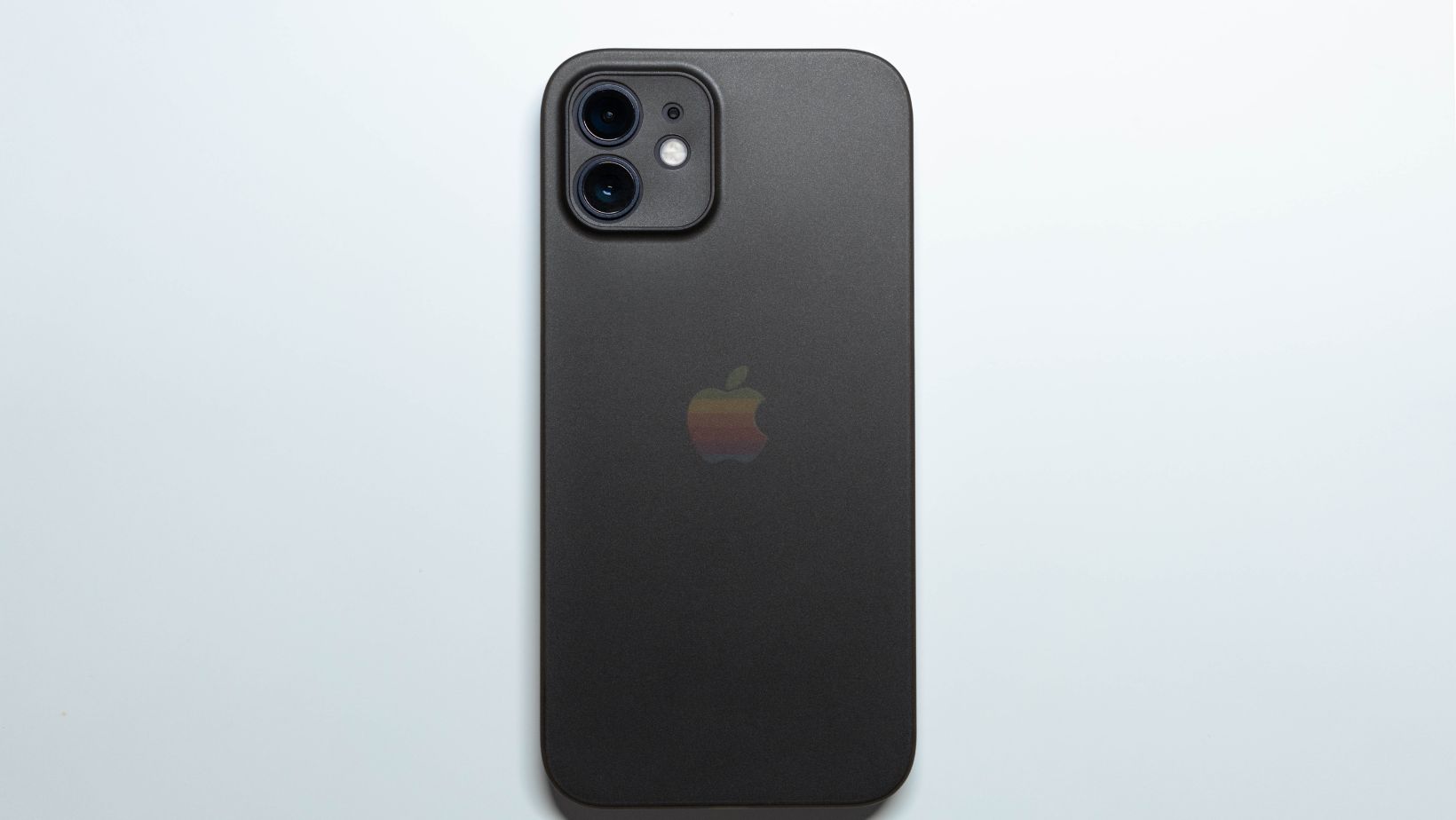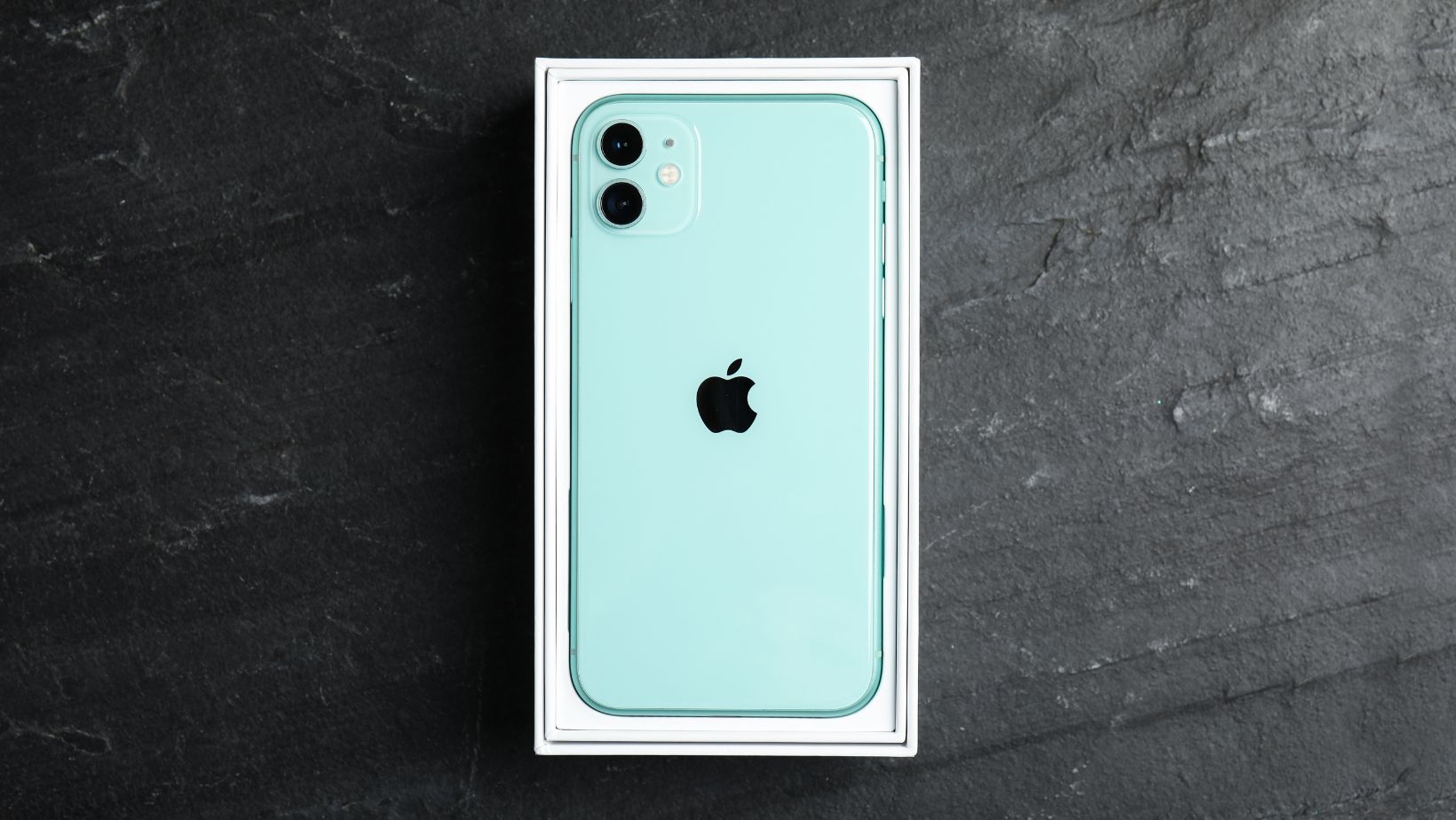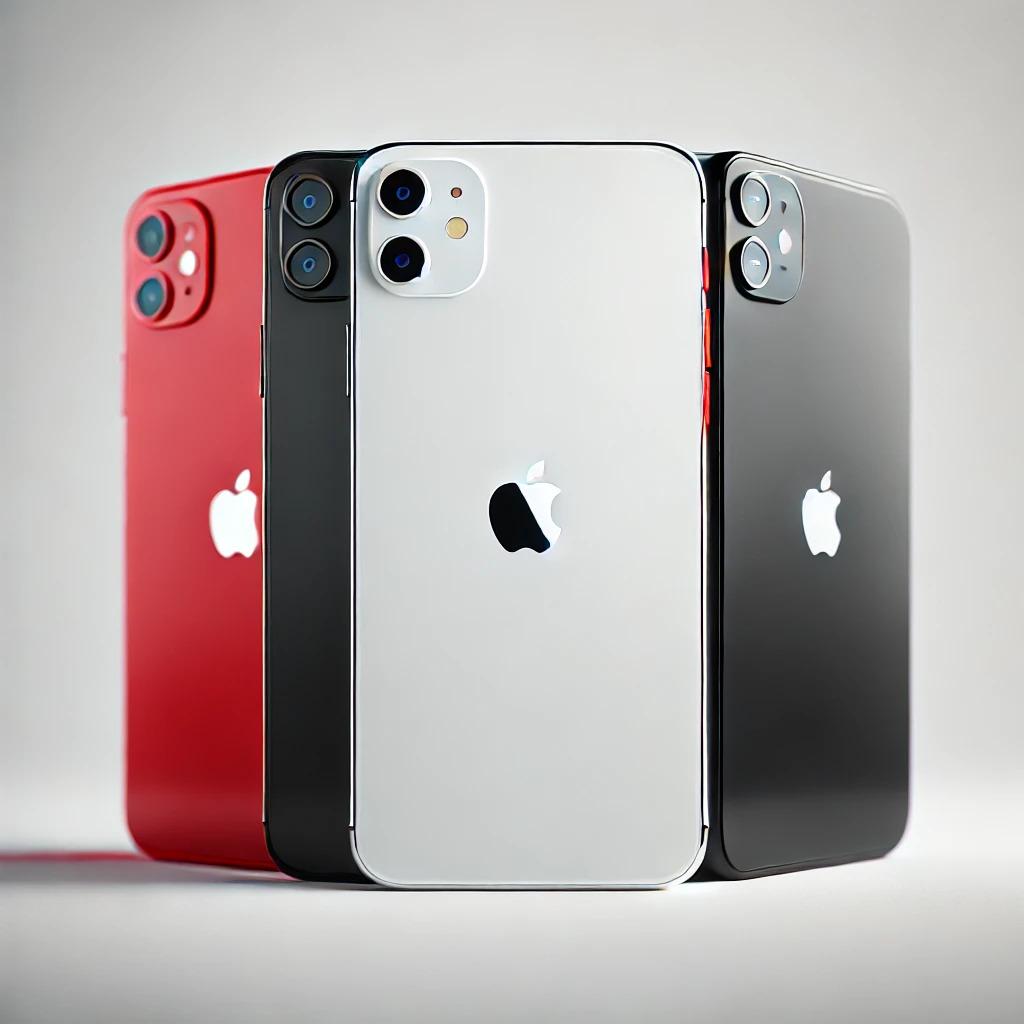Smartphones have come a long way since their inception, evolving from simple communication devices to powerful tools that connect us to the world. Among the milestones in this evolution, the iPhone 11 stands out as a game-changer. Released in 2019, it introduced features that pushed the boundaries of mobile technology and set new standards for performance, photography, and usability.
Even years later, the iPhone 11 remains popular, especially in the refurbished market, where it offers exceptional value. This article explores the evolution of smartphones, the innovations that made the iPhone 11 iconic, its role in the refurbished market, and why it’s still relevant today.
History of Smartphones
The journey of smartphones began in the early 1990s when IBM introduced the Simon Personal Communicator—widely regarded as the first smartphone. Combining a mobile phone with PDA features it paved the way for devices that could handle calls, emails, and basic computing tasks. Over the next decade, brands like Nokia and BlackBerry gained prominence by refining this concept, focusing on functionality, compact designs, and email integration.
The real turning point came with the introduction of Apple’s iPhone in 2007, which redefined the smartphone with its multitouch interface, app ecosystem, and sleek design. Android soon followed, fostering competition and innovation that accelerated advancements in mobile technology. Features like high-resolution cameras, larger displays, and faster processors became the norm as smartphones transformed into versatile tools for communication, productivity, and entertainment.
By the time the iPhone 11 was launched, the market had already seen significant milestones in mobile technology. However, the iPhone 11 set itself apart, building on this history while introducing innovations that would shape the next phase of smartphone evolution.
What Made the iPhone 11 a Game-Changer?
When Apple unveiled the iPhone 11 in September 2019, it redefined consumer smartphone expectations. Positioned as a successor to the iPhone XR, the iPhone 11 offered an impressive blend of premium features and affordability, setting it apart in a competitive market. Here’s what made it a standout:
1. Advanced Dual-Camera System
The iPhone 11 introduced a dual-camera setup featuring 12 MP wide and ultra-wide lenses. This allowed users to capture breathtaking landscapes, intricate close-ups, and low-light photos with unparalleled clarity. Its Night Mode feature set a new standard for nighttime photography, making it accessible to everyday users without requiring manual adjustments.
Quote: “The iPhone 11’s Night Mode is revolutionary, rivalling even professional cameras in certain lighting conditions.” – TechRadar
2. A13 Bionic Chip
The A13 Bionic chip was the most powerful processor on the market at the time of the iPhone 11’s launch.

Its advanced neural engine enabled seamless multitasking, improved battery efficiency, and groundbreaking capabilities in machine learning, powering everything from augmented reality apps to computational photography.
3. Durability and Design
Apple upgraded the durability of the iPhone 11 with stronger glass and water resistance up to 2 meters for 30 minutes. Coupled with its sleek design and vibrant colour options, it appealed to a broad audience.
4. Value for Money
Starting at $699, the iPhone 11 was more affordable than the Pro models, making flagship-level features accessible to more consumers.
5. Longevity and Software Support
Apple’s commitment to long-term software updates ensured that the iPhone 11 would remain relevant for years. It continues to receive iOS updates, maintaining its performance and security.
Table: Key Features of the iPhone 11 vs. Competitors at Launch
|
Feature |
iPhone 11 |
Samsung Galaxy S10 |
Google Pixel 4 |
Huawei P30 Pro |
|
Camera |
Dual 12 MP |
Triple 12 MP + 16 MP |
Dual 12.2 MP + 16 MP |
Quad 40 MP + 20 MP |
|
Processor |
A13 Bionic |
Exynos 9820/Snapdragon 855 |
Snapdragon 855 |
Kirin 980 |
|
Battery Life |
17 hours (video playback) |
15 hours (average) |
11 hours (average) |
13 hours (average) |
The iPhone 11 wasn’t just an upgrade but a leap forward regarding functionality, affordability, and user experience. Its innovations influenced the trajectory of subsequent models and cemented its place as a milestone in smartphone history.
The Role of Refurbished iPhone 11 in Today’s Market
The rise of refurbished smartphones highlights a shift in consumer behaviour, prioritising sustainability and affordability without compromising quality.
Learn why refurbished iPhone 11 models are a smart choice for budget-conscious shoppers.
- Environmental Impact
Purchasing refurbished phones helps reduce e-waste, which totals over 50 million metric tonnes annually worldwide.
- Cost-Effectiveness
Refurbished models often come at a fraction of the price of new ones, making flagship technology accessible to a broader audience.
- Certified Quality
Many refurbished devices undergo rigorous testing to meet performance standards comparable to new models.
Why the iPhone 11 Is Still Relevant
Even in 2024, the iPhone 11 remains a popular choice. Here’s why:
- Software Longevity
With Apple’s commitment to supporting older devices, the iPhone 11 continues to receive iOS updates, keeping it competitive in terms of software features.

- Balanced Performance
The A13 Bionic chip remains powerful enough for most modern applications, including gaming and photo editing. - Timeless Design
Its sleek design and vibrant colour options still resonate with users, proving that aesthetic appeal doesn’t age. - Value Retention
Unlike many Android competitors, the iPhone 11 retains a significant portion of its value, even as a refurbished product.
Conclusion
The iPhone 11 holds a remarkable position in the timeline of smartphone innovation, blending performance, durability, and affordability in a way that continues to resonate with consumers. Its introduction marked a shift in how flagship features could be accessible to a broader audience, combining cutting-edge technology with practical usability. The dual-camera system, A13 Bionic chip, and enduring software support make it a device that doesn’t just keep up with current demands but often exceeds them.
Even in the refurbished market, the iPhone 11 remains a top choice for those seeking value without compromising quality. Its sustainability appeal further enhances its relevance, aligning with the growing demand for environmentally friendly options in the tech industry. The iPhone 11 is more than just a smartphone—it’s a testament to Apple’s ability to create products that balance innovation, longevity, and accessibility.

